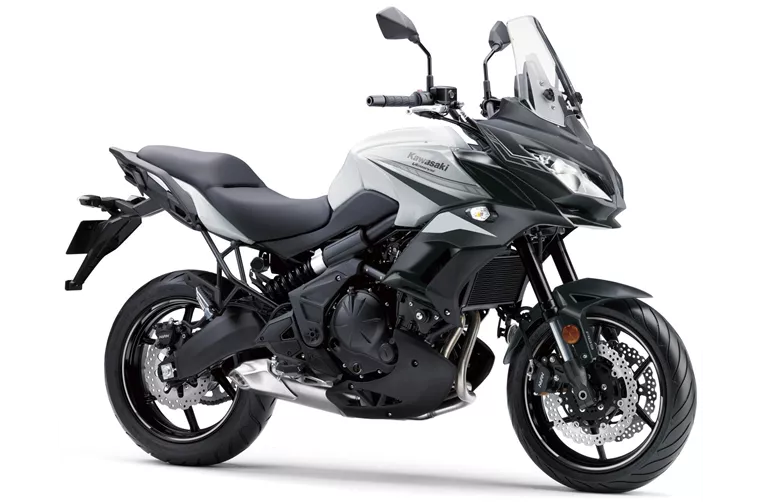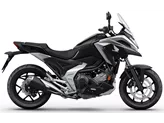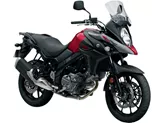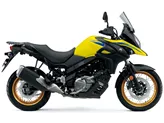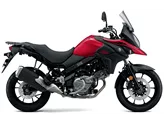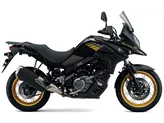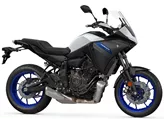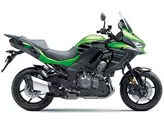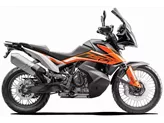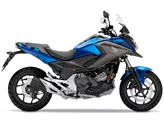Suzuki V-Strom 650 2016 vs. Kawasaki Versys 650 2020

Suzuki V-Strom 650 2016
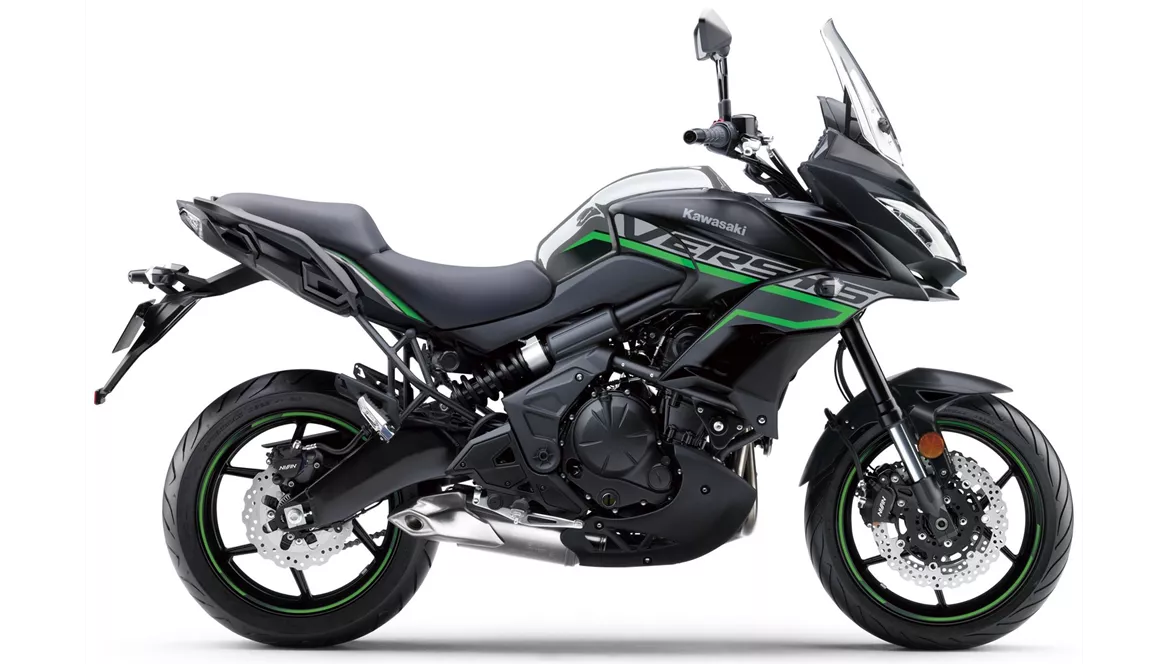
Kawasaki Versys 650 2020
Overview - Suzuki V-Strom 650 2016 vs Kawasaki Versys 650 2020
The Suzuki V-Strom 650 2016 and the Kawasaki Versys 650 2020 are both popular choices in the enduro motorcycle category. While they share some similarities in terms of engine power, torque, and transmission, there are notable differences in their technical specifications and overall performance.
In terms of engine specifications, the Suzuki V-Strom 650 2016 has a bore of 81 mm and a stroke of 62.6 mm, while the Kawasaki Versys 650 2020 has a slightly larger bore of 83 mm and a shorter stroke of 60 mm. This difference in engine design may result in variations in power delivery and overall performance.
The Suzuki V-Strom 650 2016 has an engine power of 67 HP and a torque of 60 Nm, while the Kawasaki Versys 650 2020 has a slightly higher engine power of 69 HP and a torque of 64 Nm. This slight difference in power may not be significant in everyday riding, but it could be noticeable during more spirited riding or when carrying a passenger or luggage.
Both motorcycles feature a chain transmission, which is common in enduro motorcycles for its durability and efficiency. This allows for smooth power delivery and easy maintenance.
In terms of suspension adjustment, the Suzuki V-Strom 650 2016 offers preload adjustment for both the front and rear suspension, while the Kawasaki Versys 650 2020 offers rebound adjustment for both the front and rear suspension. This difference in suspension adjustment may result in variations in ride comfort and handling characteristics.

Suzuki V-Strom 650 2016
The chassis of the Suzuki V-Strom 650 2016 is made of aluminum, which provides a lightweight and rigid structure. On the other hand, the chassis of the Kawasaki Versys 650 2020 is made of steel, which may offer a different level of rigidity and durability.
Both motorcycles feature double disk brakes at the front, providing reliable stopping power. This ensures safe and controlled braking in various riding conditions.
In terms of dimensions and weights, the Suzuki V-Strom 650 2016 has a front tire diameter of 19 inches, a rear tire width of 150 mm, and a rear tire diameter of 17 inches. It has a wheelbase of 1555 mm and a seat height of 820 mm. The kerb weight, including ABS, is 215 kg, and it has a fuel tank capacity of 20 liters.
On the other hand, the Kawasaki Versys 650 2020 has a front tire diameter of 17 inches, a rear tire width of 160 mm, and a rear tire diameter of 17 inches. It has a shorter wheelbase of 1415 mm and a slightly higher seat height of 840 mm. The kerb weight, including ABS, is 216 kg, and it has a slightly larger fuel tank capacity of 21 liters.
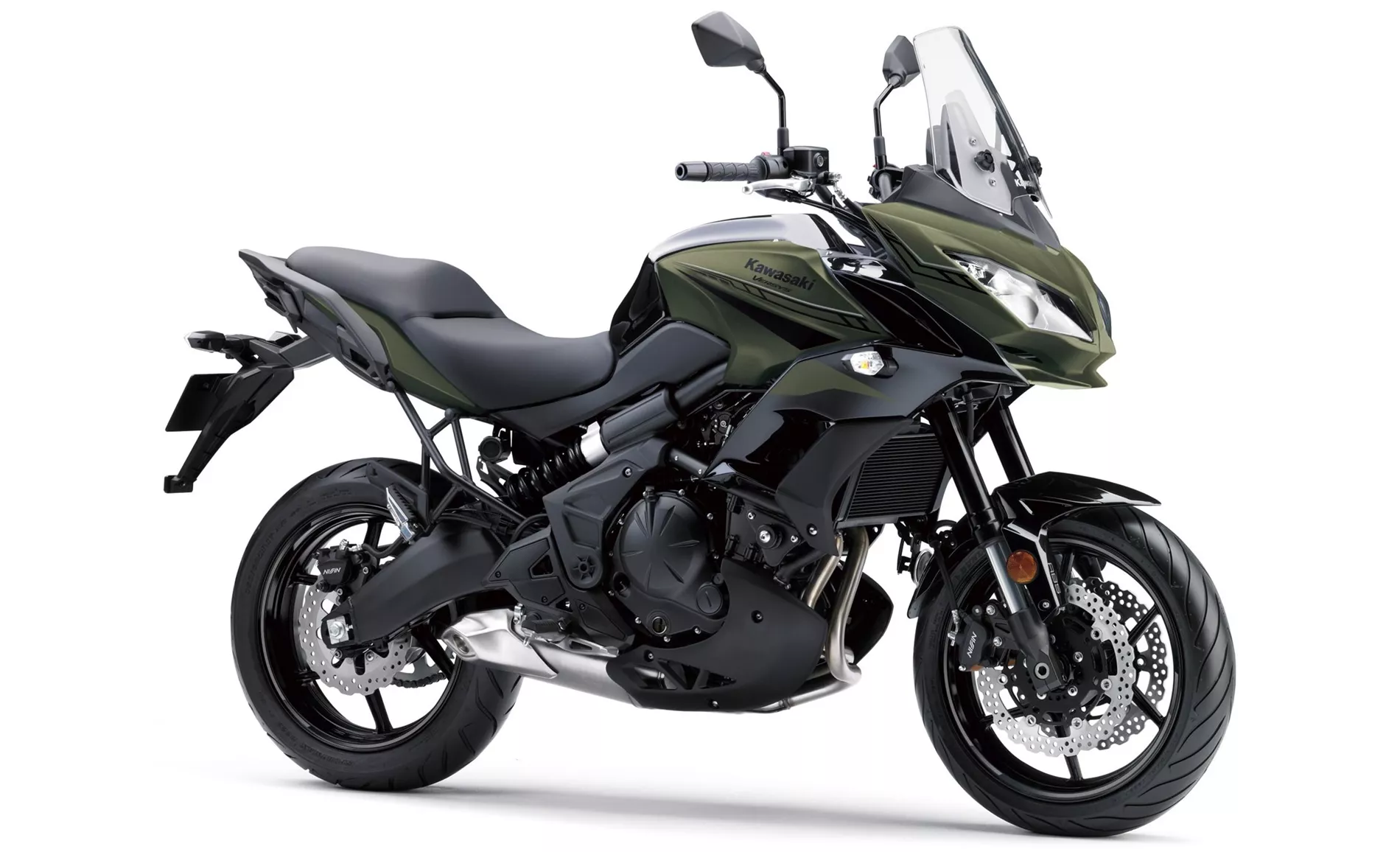
Kawasaki Versys 650 2020
In terms of strengths, the Suzuki V-Strom 650 2016 is known for its full torque, good sound, large tank, and relaxed seating position. These features make it suitable for long rides and touring.
On the other hand, the Kawasaki Versys 650 2020 is praised for its great travel comfort, pleasant and comfortable chassis, easy-to-use nature, touring-ready seating position, and agile and light-footed handling. These features make it a versatile and enjoyable motorcycle for various riding conditions.
In terms of weaknesses, the Suzuki V-Strom 650 2016 has a somewhat old-fashioned look, narrow handlebars, and can feel sluggish in bends. These factors may affect its overall appeal to riders looking for a more modern and responsive motorcycle.
The Kawasaki Versys 650 2020, on the other hand, has been reported to have vibrations in the footpegs, response behavior during the transition from pushing to load operation, and the inability to deactivate the ABS. Additionally, its weight is somewhat high compared to its competitors. These factors may affect the overall comfort and performance of the motorcycle.
In conclusion, while both the Suzuki V-Strom 650 2016 and the Kawasaki Versys 650 2020 are capable enduro motorcycles, they have distinct differences in their technical specifications and overall performance. Riders should consider their individual preferences and riding needs when choosing between these two models.
Technical Specifications Suzuki V-Strom 650 2016 compared to Kawasaki Versys 650 2020
Pros and Cons in comparison
Pros and Cons in comparison
Suzuki V-Strom 650 2016

Like the Kawasaki Versys, the small V-Strom is getting on a bit. The 1000 is so well done and easy to ride that you should consider taking the "big one" right away. In terms of versatility, however, the 650 is in no way inferior to the big V-Strom, and at a much lower price. But we wouldn't take it to the racetrack any more. And of course it has to cope with a heavy load more than a motorbike with 100+ hp.
Kawasaki Versys 650 2020
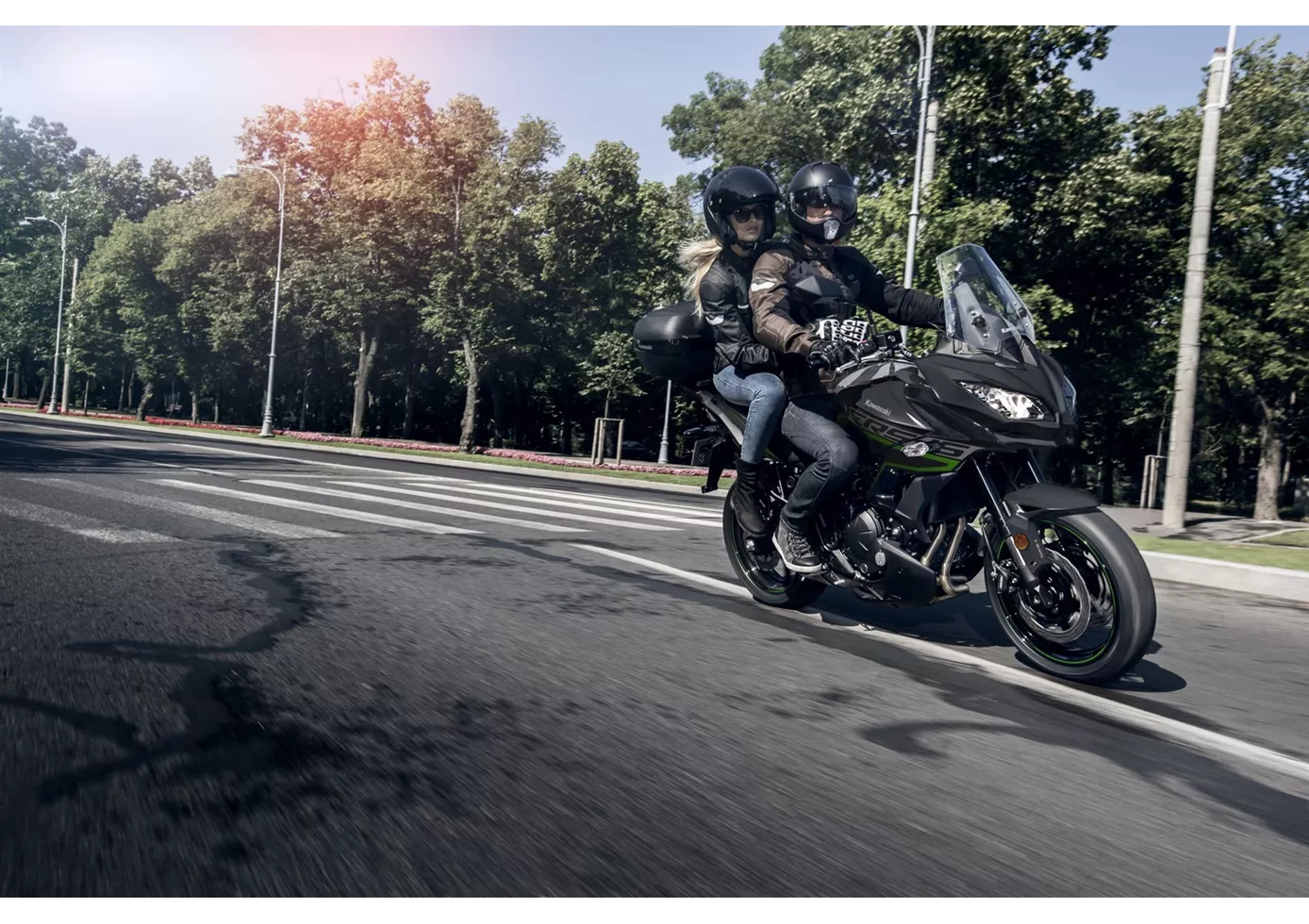
The 2019 model year Kawasaki Versys presented itself as a comfortable, stable yet lively touring machine. The motorbike is versatile and offers high utility value. It is a fully-fledged touring machine that is a pleasure to ride on extended tours. The bike offers a terrific price/performance ratio.
Price Comparison Avarage Market Price Suzuki V-Strom 650 vs Kawasaki Versys 650
There are a few key differences between a Suzuki V-Strom 650 2016 and a Kawasaki Versys 650 2020. In terms of price, the actual average price of a Kawasaki Versys 650 2020 is about 21% higher. Compared to Kawasaki Versys 650 2020 there are less Suzuki V-Strom 650 2016 bikes available on the 1000PS.de Marketplace, specifically 5 compared to 11. It takes less time to sell a Suzuki V-Strom 650 with 106 days compared to 137 days for a Kawasaki Versys 650. Since model year 2005 1000PS.de editors have written 38 reviews for the Suzuki V-Strom 650 and 39 reviews for the Kawasaki Versys 650 since model year 2007. The first review for the Suzuki V-Strom 650 was published on 16/09/2003 and now has more than 4,000 views. This compares to more than 3,900 views for the first review on Kawasaki Versys 650 published on 25/07/2006.

